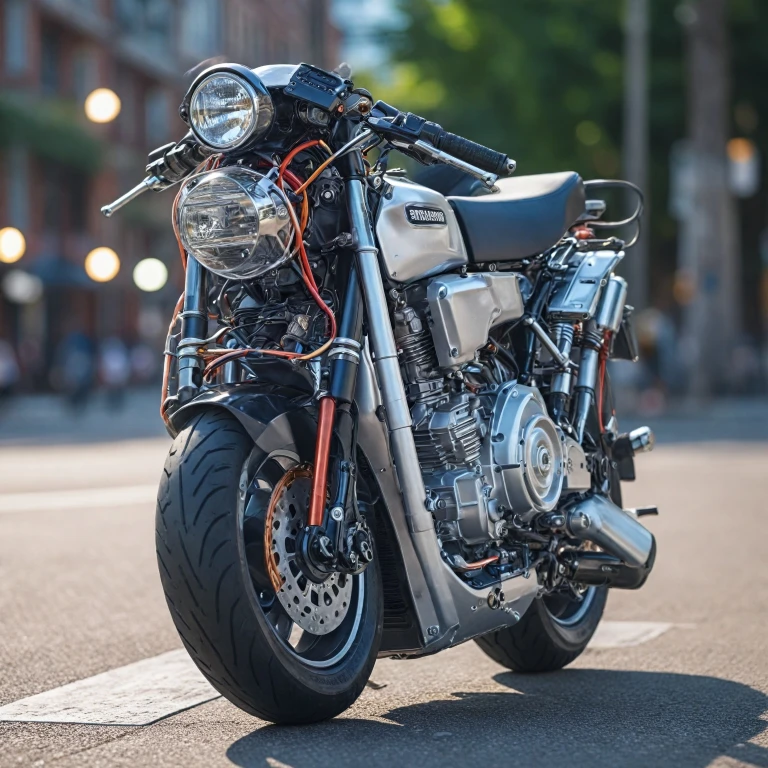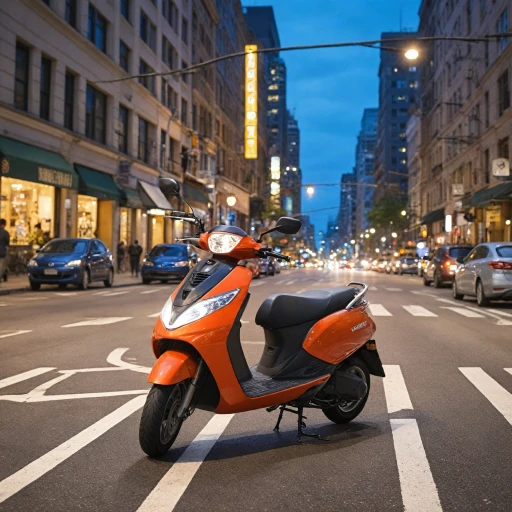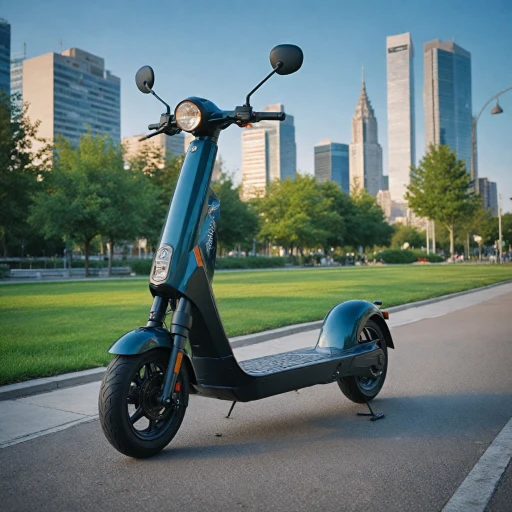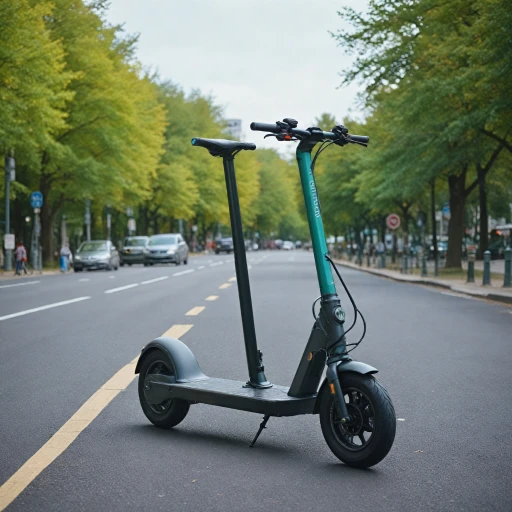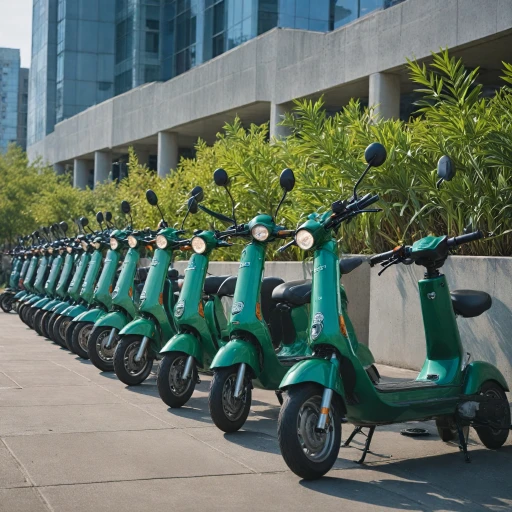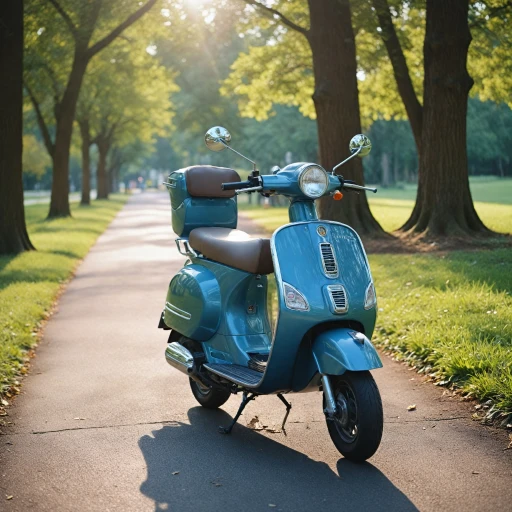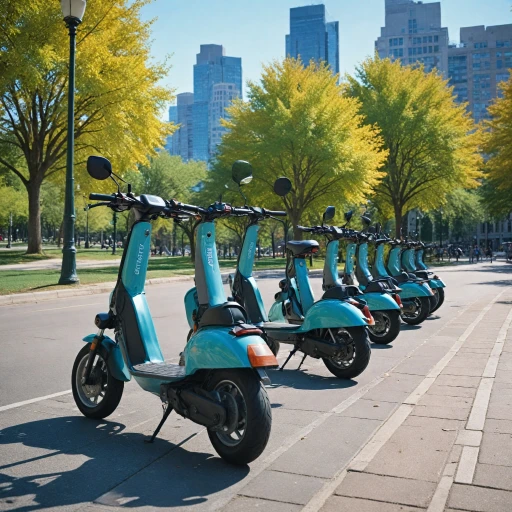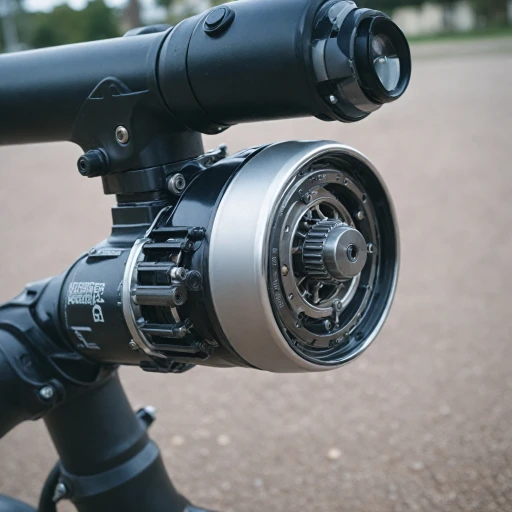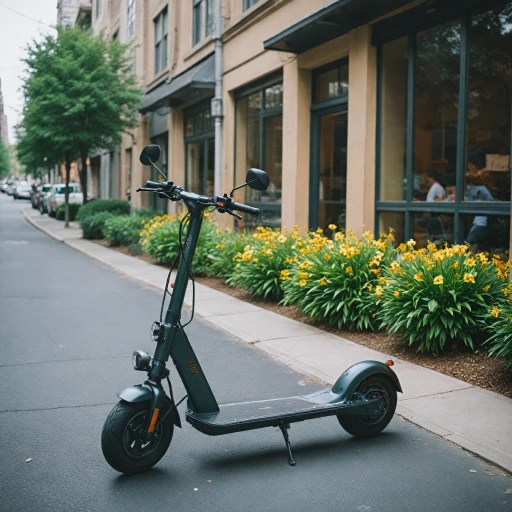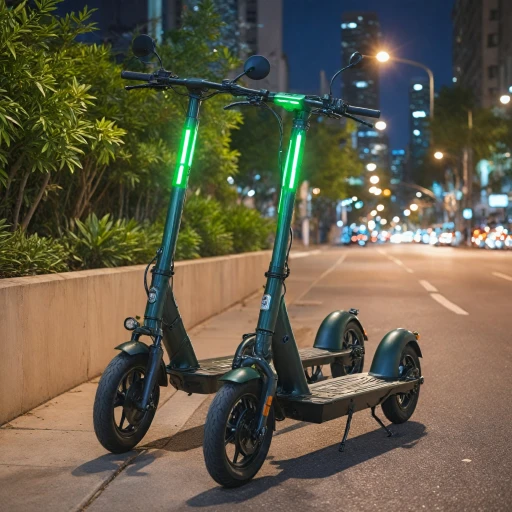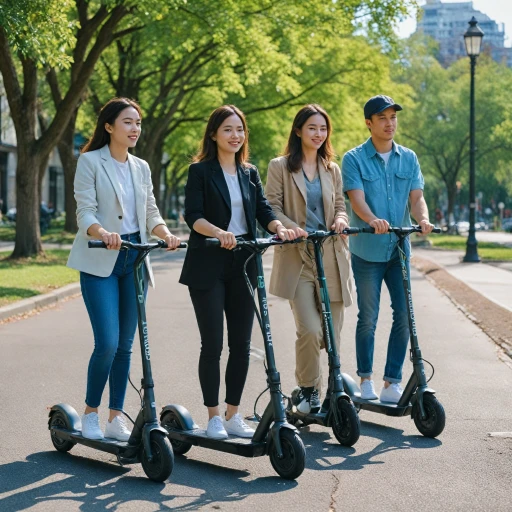
What Powers an Electric Scooter?
Decoding the Motor that Drives Electric Scooters
Electric scooters have become immensely popular due to their convenience and efficiency. At the heart of these eco-friendly vehicles is a crucial component: the motor. Understanding the motor's role is key to appreciating how these scooters operate and what sets them apart from other modes of transportation. Electric scooter motors typically fall into two categories: hub motors and chain-driven motors. The hub motor, often seamlessly integrated into the wheel itself, is renowned for its quiet and efficient operation. This type of motor is commonly found in many high-performance electric scooters due to its efficient power delivery.Exploring Motor Power and Output
The motor power, often measured in watts, directly influences the scooter’s performance. A higher wattage typically translates to greater acceleration and hill-climbing ability. Most electric scooters feature brushless motors, known for their durability and efficiency. The absence of brushes reduces wear and tear, ensuring a longer lifespan for the motor.Important Considerations for Buyers
Before purchasing an electric scooter, it's important to consider the motor type, power output, and the scooter's intended use. Here are some key points to keep in mind:- Motor Type: Opt for a scooter with a hub motor for a smoother ride.
- Power: Choose a motor with sufficient wattage for your riding needs.
- Price: Balance between performance and the regular price to find a cost-effective option.
- Components: Pay attention to the quality of motor parts, such as the controller and motor kit.
Types of E Scooter Engines
Diverse Engine Designs for E Scooters
When exploring the different engines in electric scooters, understanding the types is crucial. Each type offers distinct features and advantages, affecting the performance and overall speed and safety of your ride. Here, we delve into the most common kinds of engines used in e scooters today.
Brushless Hub Motors
Modern electric scooters often utilize brushless hub motors. These motors are favored for their efficiency and minimal maintenance requirements. The absence of brushes in the motor design reduces friction and potential breakdowns, ensuring longer life and consistent performance. Furthermore, they are typically built into the wheel, optimizing space and integrating seamlessly with the scooter's design. Many scooter enthusiasts appreciate the quiet operation and improved torque that brushless hub motors deliver.
Brushed Motors
Though less common in newer models, brushed motors were once a standard in electric scooters. They tend to be simpler and more economically priced. However, the presence of brushes typically means more wear and tear over time, leading to more frequent maintenance needs compared to their brushless counterparts. Despite these drawbacks, some users still opt for brushed motors due to their straightforward construction and lower initial cost.
Hub Motors vs Belt Drive Motors
Another key comparison is between hub motors and belt drive motors. Hub motors, integrated directly into the wheels, provide a direct and uncomplicated connection to the drivetrain, minimizing the number of moving parts and potential need for repairs. Belt drive motors, while less compact, offer flexibility in power delivery, which can be adjusted by changing the belt tension. This feature can be advantageous for those looking to customize their scooter's performance without altering the motor itself.
Whether you choose a hub motor, brushed motor, or belt drive motor, knowing the characteristics of these motor types can significantly impact your electric scooter experience. Choosing the right motor influences not just the performance and speed, but also maintenance frequency and cost-efficiency over time.
Performance Factors of E Scooter Engines
Unleashing the Performance of E Scooter Engines
When evaluating the performance of an electric scooter engine, several key factors come into play, all of which contribute to the overall riding experience. The performance is not solely reliant on the engine itself but is an interplay between different components working harmoniously.
- Motor Power: The power output of a scooter motor is typically measured in watts. A higher wattage indicates a more powerful engine, capable of tackling steeper inclines and supporting heavier loads. The common range for electric scooters is between 250-watt to 500-watt motors, though some advanced models may go beyond.
- Brushless Motor Efficiency: Most modern electric scooters come with a brushless motor, which is renowned for its efficiency and durability due to fewer moving parts. This technology provides a smoother ride and requires less maintenance, thus enhancing the scooter's longevity.
- Hub Motor Configuration: Hub motors are integrated within the wheel itself, which simplifies the design and reduces maintenance challenges. They provide direct power to the wheel, ensuring a quick acceleration and deceleration experience.
- Voltage and Battery Compatibility: The volt and battery system directly impact engine performance. A higher voltage battery can lead to increased power and speed capabilities, allowing the electric scooter to maintain optimal performance over longer distances.
- Integrated Controllers: The controller acts as the brain of the scooter engine, managing power distribution and ensuring efficient energy use. A good controller is essential for optimal speed control and efficient braking.
By understanding these performance factors, users can better evaluate which electric scooters that lead the pack would best suit their needs, balancing power, efficiency, and cost considerations to achieve the best riding experience.
Maintenance Tips for Optimal Engine Performance
Keeping Your E Scooter Engine in Top Shape
Proper maintenance of electric scooter motors is essential to ensure consistent performance and longevity. Whether you're dealing with a brushless motor setup or a hub motor system, maintaining these parts can be straightforward if you follow a few key guidelines.- Regular Inspection: Frequent checks of the scooter engine are crucial. Look for any signs of wear or damage, especially in components like the hub motor, which can be subject to stress from daily use.
- Cleanliness is Key: Dust and debris can affect the efficiency of electric motors. Keep the scooter engine unit clean. If you have a motor kit, ensure all parts are free of dirt to avoid performance degradation.
- Voltage and Wattage Monitoring: It's crucial to keep an eye on the motor rated metrics, such as volt and watt. These indicate the power being drawn and can fluctuate, affecting the scooter's speed and performance.
- Controller Check: The scooter engine's performance is closely linked to the controller. Ensure that the controller and other critical components are functioning correctly. If any part of the motor's setup, like the controller or wheel, is compromised, it can lead to reduced efficiency.
- Proper Storage: When not in use, store your scooter in a dry place to protect the electric motor from moisture, which can lead to electrical failures or corrosion.
Innovations in E Scooter Engine Technology
Technological Breakthroughs Shaping the Electric Scooter Motors
The rapidly evolving landscape of electric scooter motors has been marked by significant technological innovations. These advancements have not only enhanced performance and efficiency but also transformed the user experience. Here's a closer look at some of these innovations:- Brushless Motor Technology: A prevalent advancement in electric scooters is the adoption of brushless motors. Unlike their brushed counterparts, brushless motors have fewer moving parts, which reduces wear and tear and increases longevity. This technology also allows for quiet operation and improved efficiency, making it a preferred choice for modern scooters.
- High Torque Hub Motors: Hub motors, especially those designed with high torque, have become increasingly popular. By integrating the motor directly into the wheel hub, these systems eliminate the need for chains or belts, reducing maintenance needs and improving power transfer. This innovation contributes to enhanced ride quality and performance.
- Sophisticated Motor Controllers: The development of smarter controllers has enabled fine-tuning of motor performance. Advanced controllers manage power distribution effectively, allowing the user to optimize speed and battery life. These units often come equipped with programmability features, offering riders the ability to tailor performance based on their needs.
- Advanced Motor Kits: For enthusiasts looking to upgrade or modify their scooters, motor kits provide a viable option. These kits often include components such as a high-performance motor, controller, and other essential parts, accompanied by step-by-step guides for easy installation.
- Improved Battery Integration: While motors play a crucial role, their performance is often tied to battery capabilities. Enhancements in battery technology, such as increased voltage and efficient energy management, have further boosted the operational performance of electric scooters, complementing the motor functionalities.
Future Trends in Electric Scooter Engines
Advancements Shaping the Future
The realm of electric scooter engines is rapidly evolving, driven by technological advancements that promise to redefine our riding experiences. These innovations aim to boost scooter performance, enhance safety, and offer sustainable solutions for urban transportation.- Brushless Motors: As efficiency becomes paramount, brushless motors are increasingly being adopted due to their high performance and longevity. They present a significant improvement over their brushed counterparts, reducing friction and, consequently, wear and tear.
- Improved Motor Kits: With advancements in motor kits, the customization options for electric scooters have expanded. Riders can now opt for kits that enhance motor power without sacrificing battery life or adding unnecessary weight.
- Smart Controllers: Integrated technology in controllers offers real-time diagnostics and performance metrics. These smart controllers not only optimize motor efficiency but also provide riders with valuable feedback on scooter performance.
- Lightweight and Compact Designs: Future models may see more compact and lightweight scooter engines or hub motors, making scooters easier to manage while retaining power. This would be especially beneficial for urban commuters who value portability.
- Enhanced Battery Technology: Coupled with efficient motors, innovations in battery tech like higher volt ratings and quicker charging times will lead to extended rides without frequent stops, bolstering the appeal of electric scooters as a reliable mode of transport.
